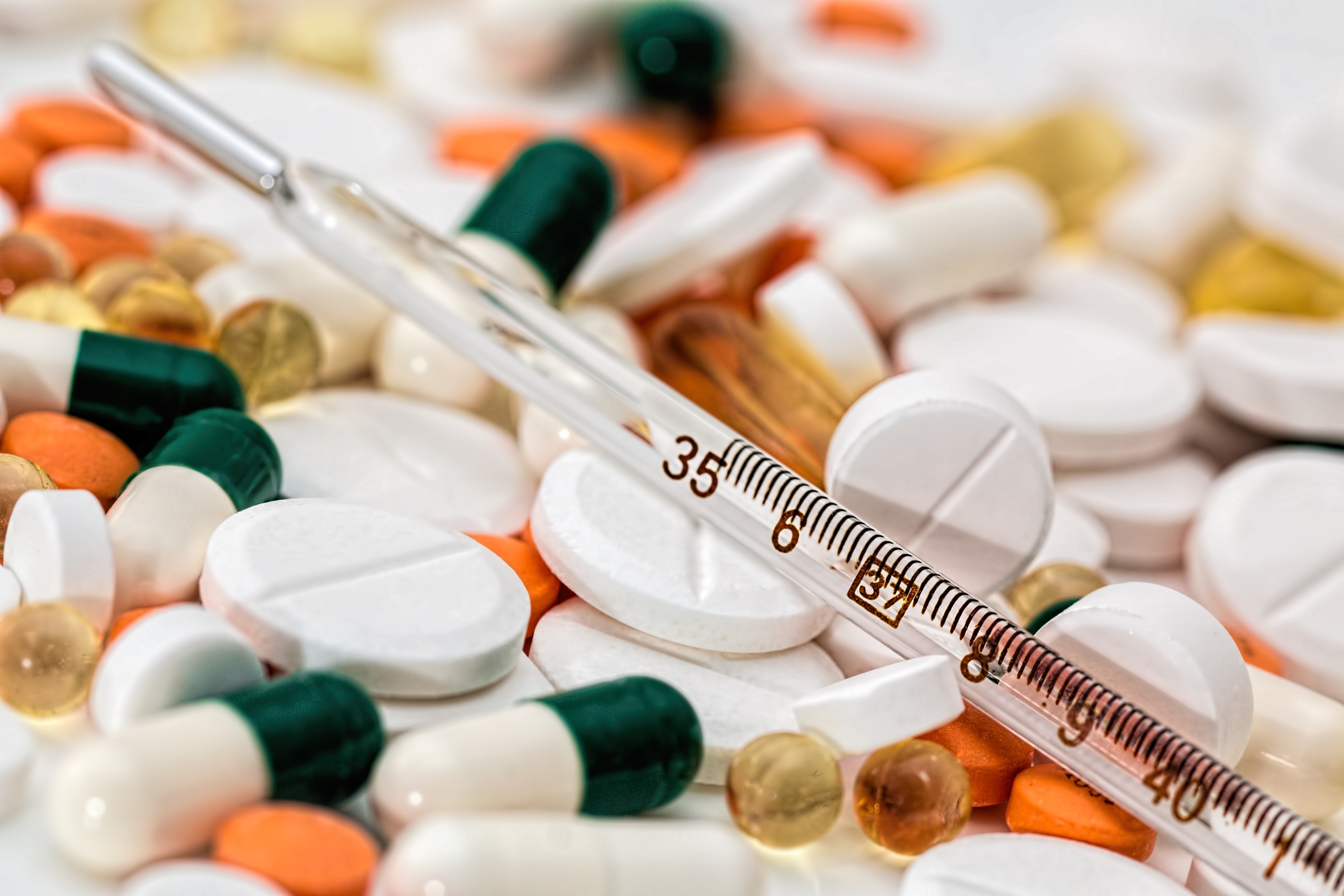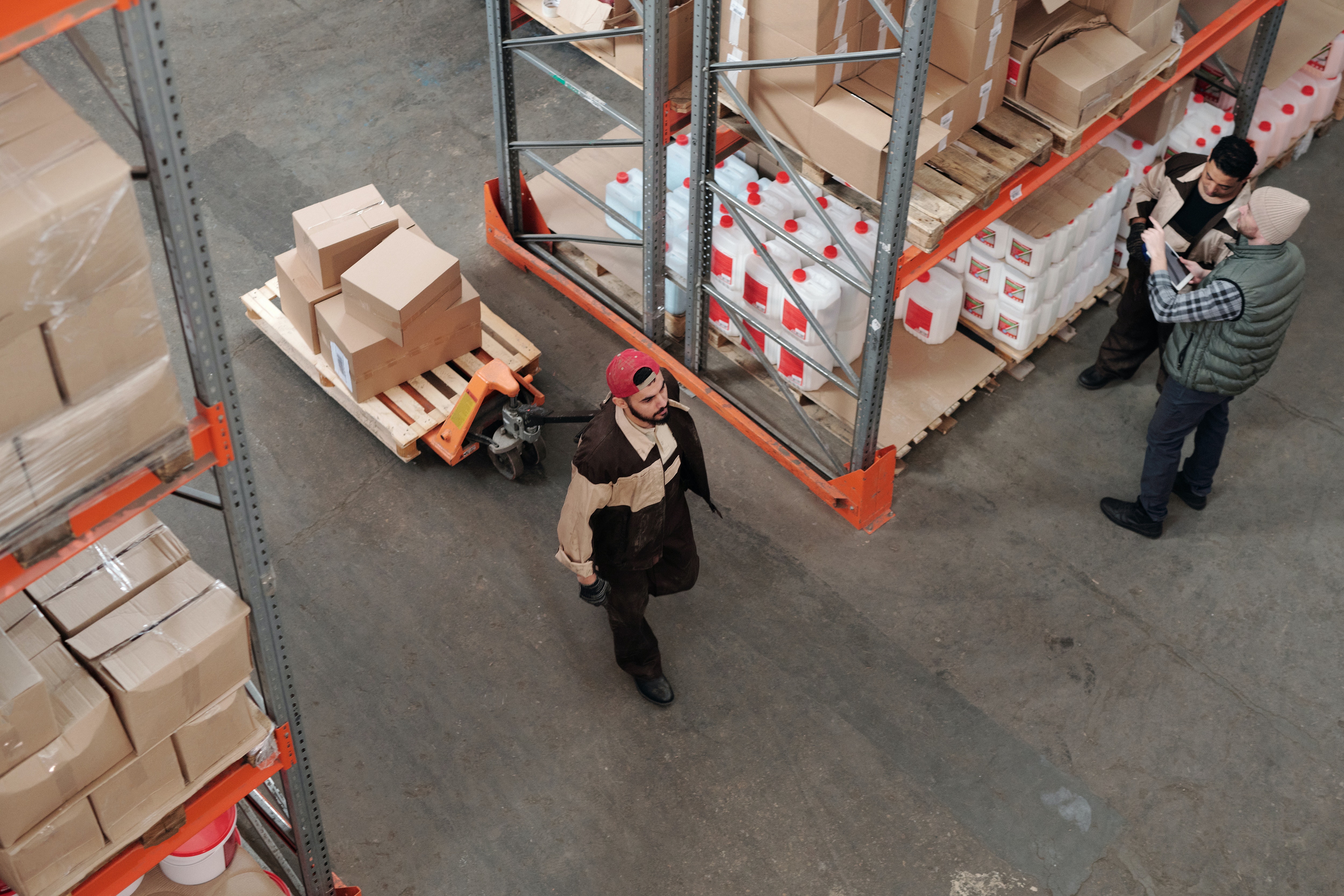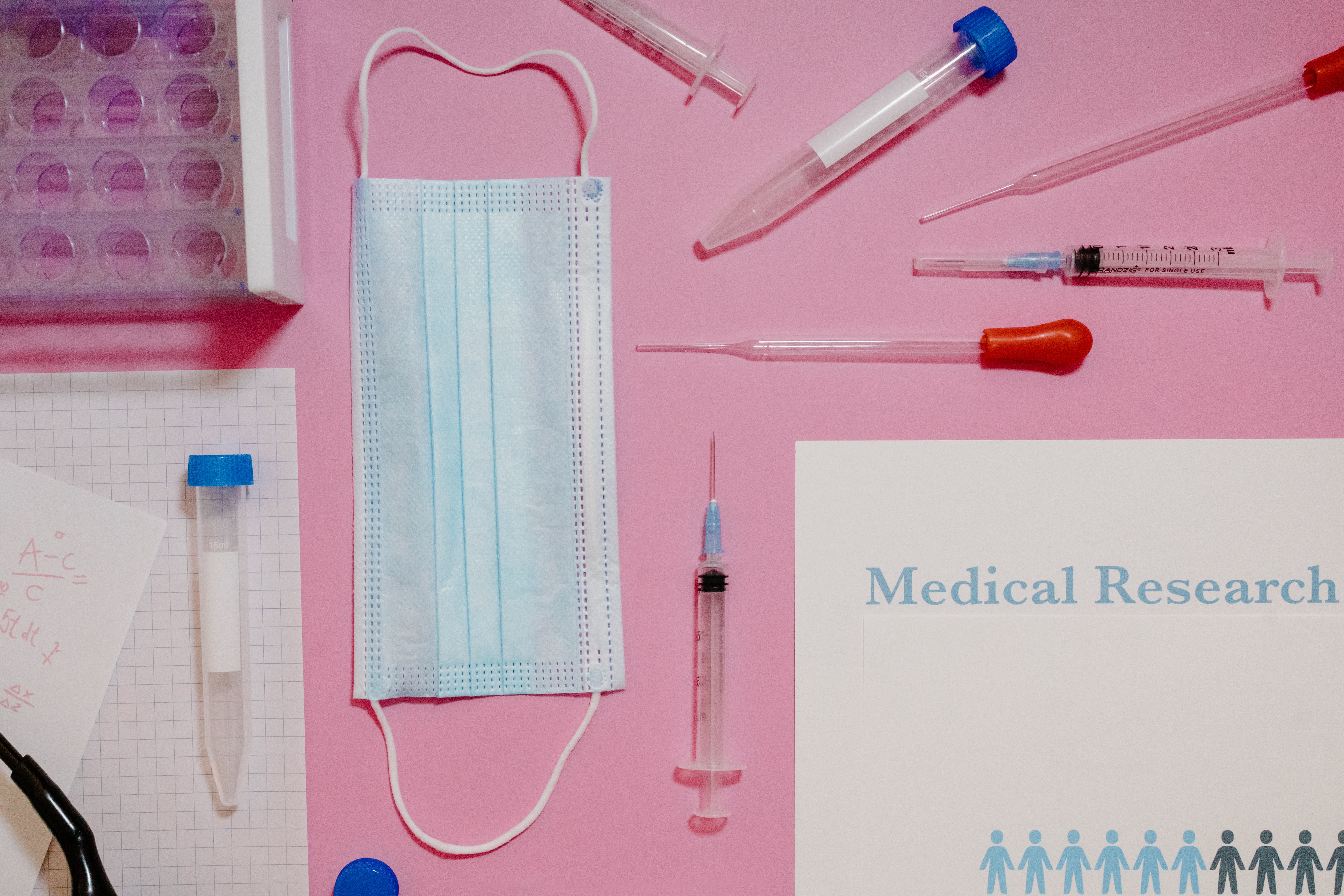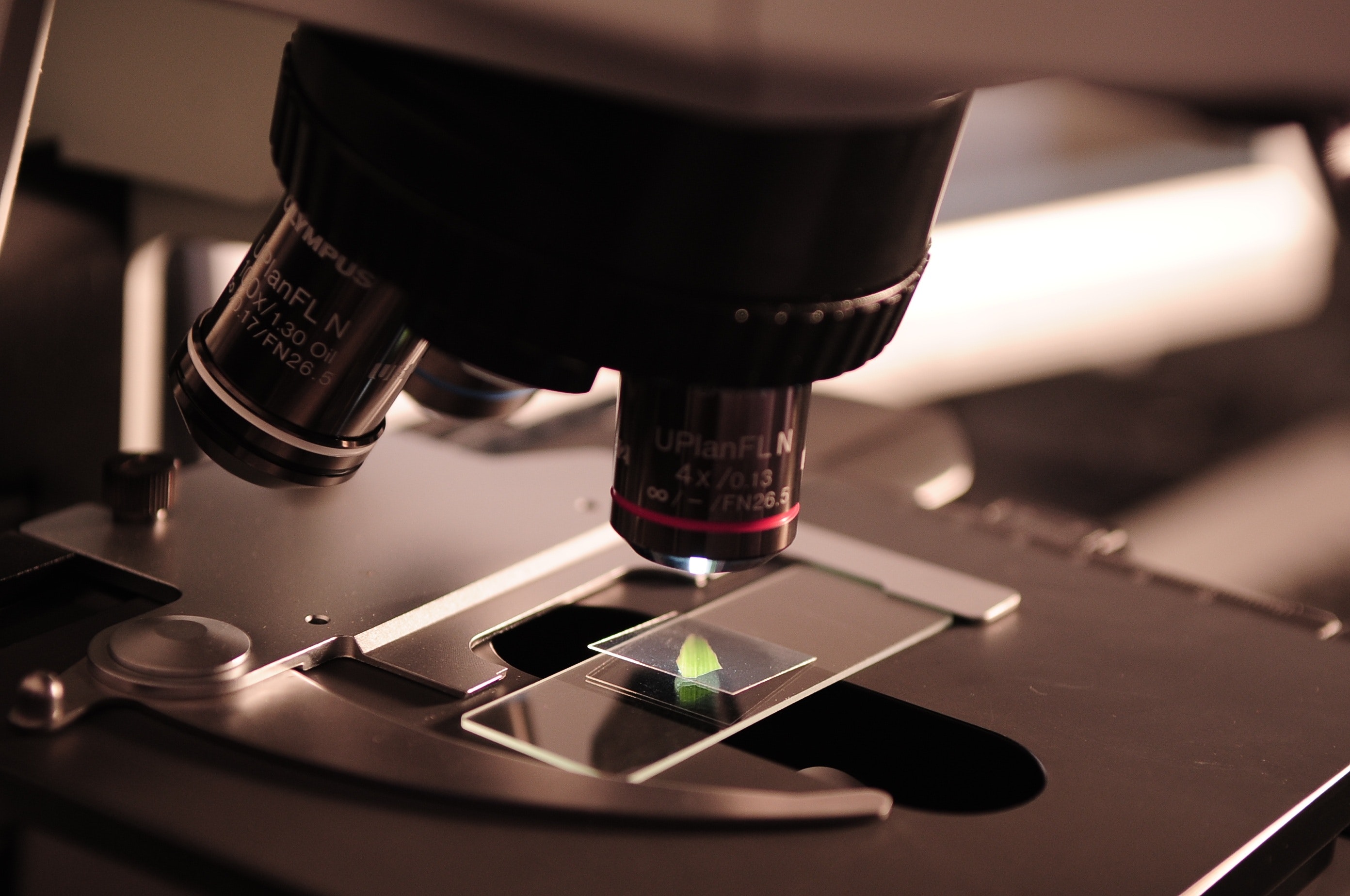The pharmaceutical industry is especially concerned with the presence of residual solvents. These are chemical substances that can remain in pharmaceutical products after manufacturing, either as unreacted starting materials or by-products of reactions. Residual solvents are regulated due to their potential toxic effects and must be monitored throughout the pharmaceutical production process. Pharmaceutical companies have stringent quality control processes in place to ensure that residual solvent levels do not exceed a certain threshold. One method used to monitor these levels is gas chromatography, which involves separating and quantifying components within a sample according to their relative volatility. This allows pharmaceutical manufacturers to accurately measure residual solvent levels so they can make necessary adjustments during the production process for improved safety and efficacy outcomes of pharmaceuticals.
In addition to pharmaceuticals, residual solvents are also monitored in other industries such as food and beverage production. Contaminant levels must be kept low to ensure the safety of consumers and comply with regulations. Due to this, similar quality control processes and methods are used in these industries as well. Gas chromatography is again a key tool for measuring solvent levels, allowing businesses to stay within the acceptable limits set by regulatory bodies. Thus, the accurate monitoring of residual solvents is a critical process for many industries due to its importance in ensuring product safety.
Residual solvents are volatile organic chemicals that are used for manufacturing excipients, active pharmaceutical ingredients, or a drug product and are not completely removed from that product after its manufacturing.To explain the residual solvents, take the example of the tablet manufacturing process by wet granulation. Suppose we manufacture a tablet by wet granulation method using an organic solvent like IPA (Isopropyl Alcohol). After the wetting or kneading process, we remove the IPA from granules by drying the granules using FBD or tray dryers but the used IPA is not completely removed from the granules and remains inside granules; this IPA is known as Residual solvent.
As we know, IPA is volatile and may be harmful to human health so if we compress these tablets containing residual solvent, it will remain inside the tablet. Hence regulatory bodies define the limit of each solvent so its value should be within range while manufacturing products.






